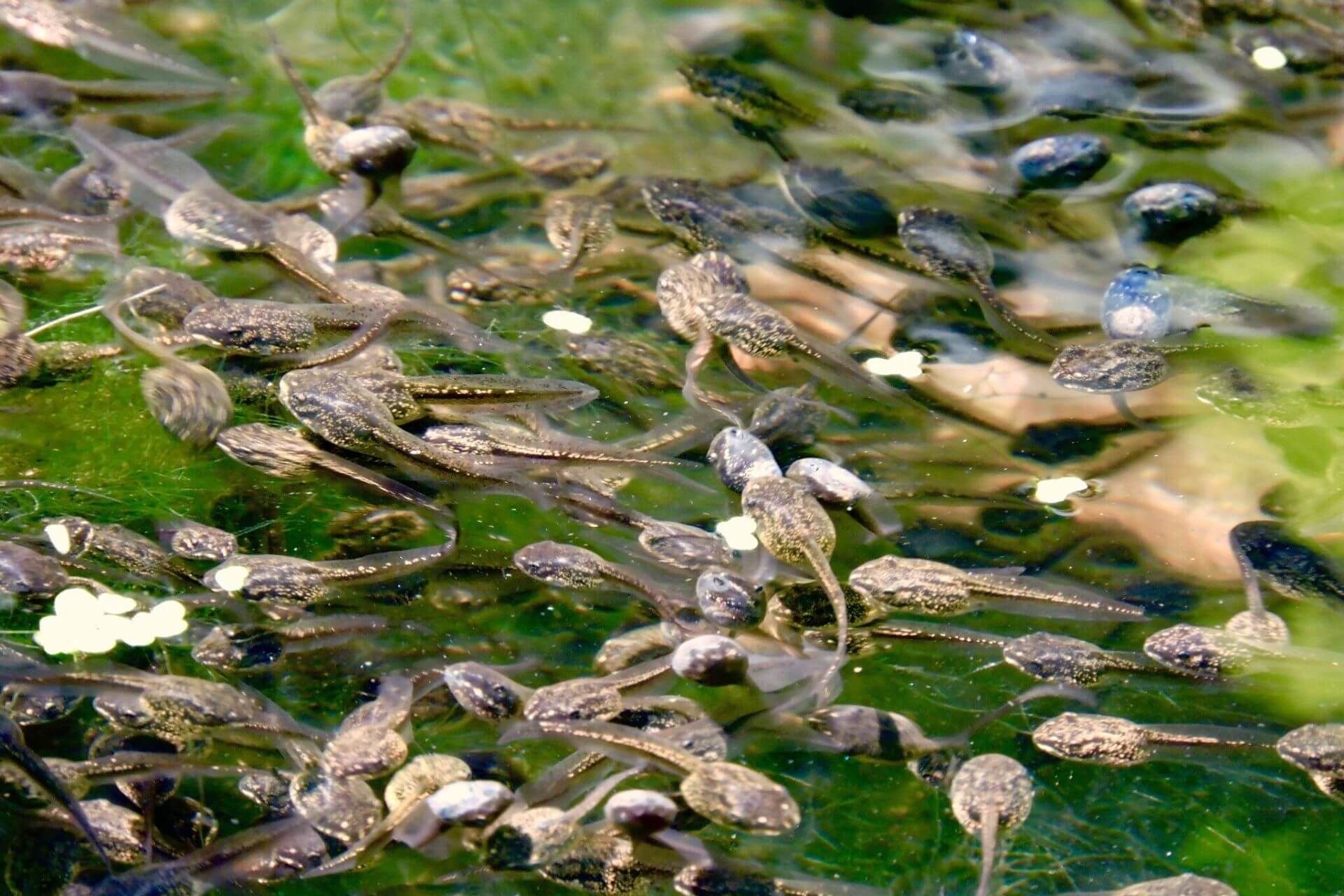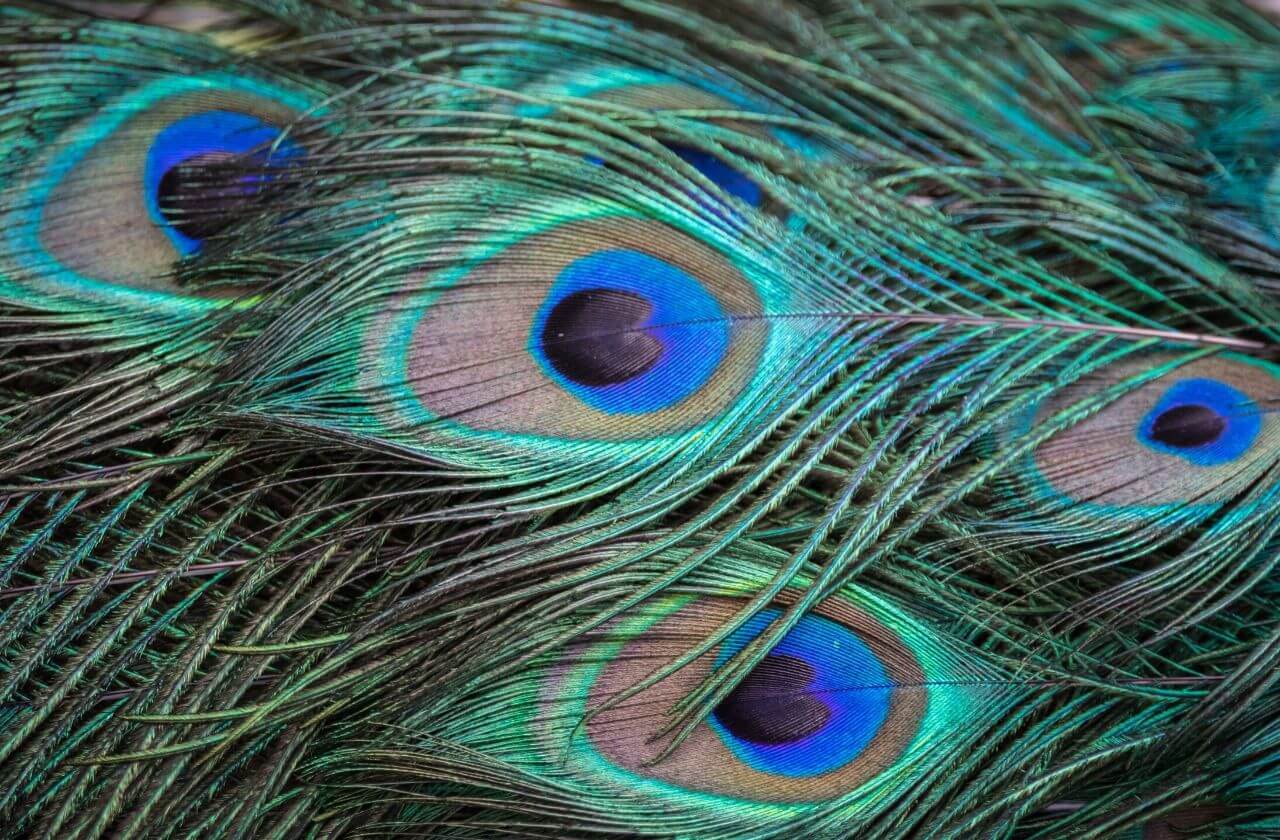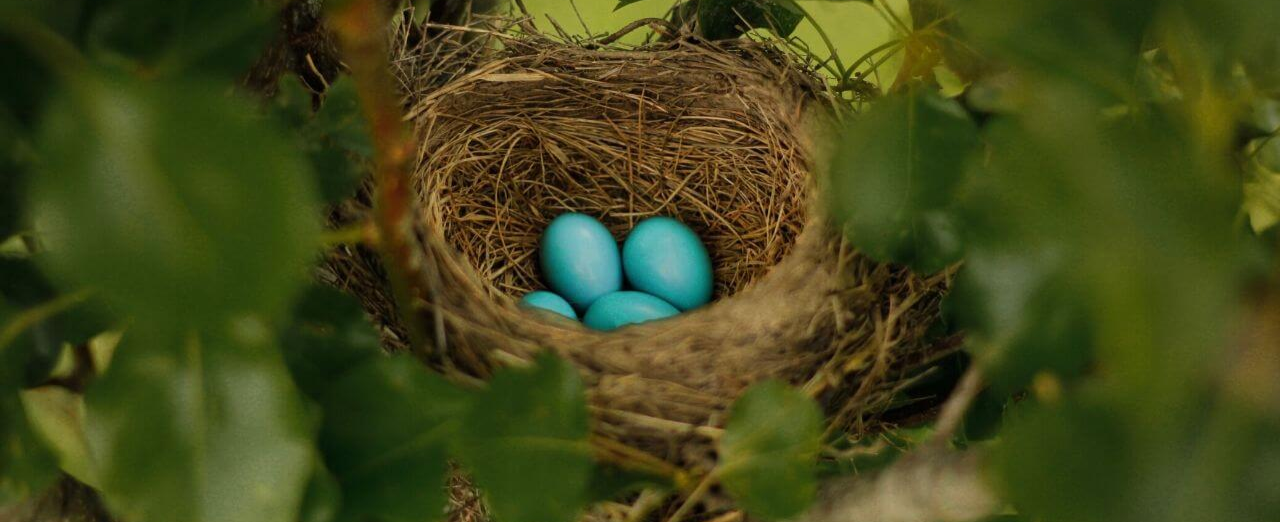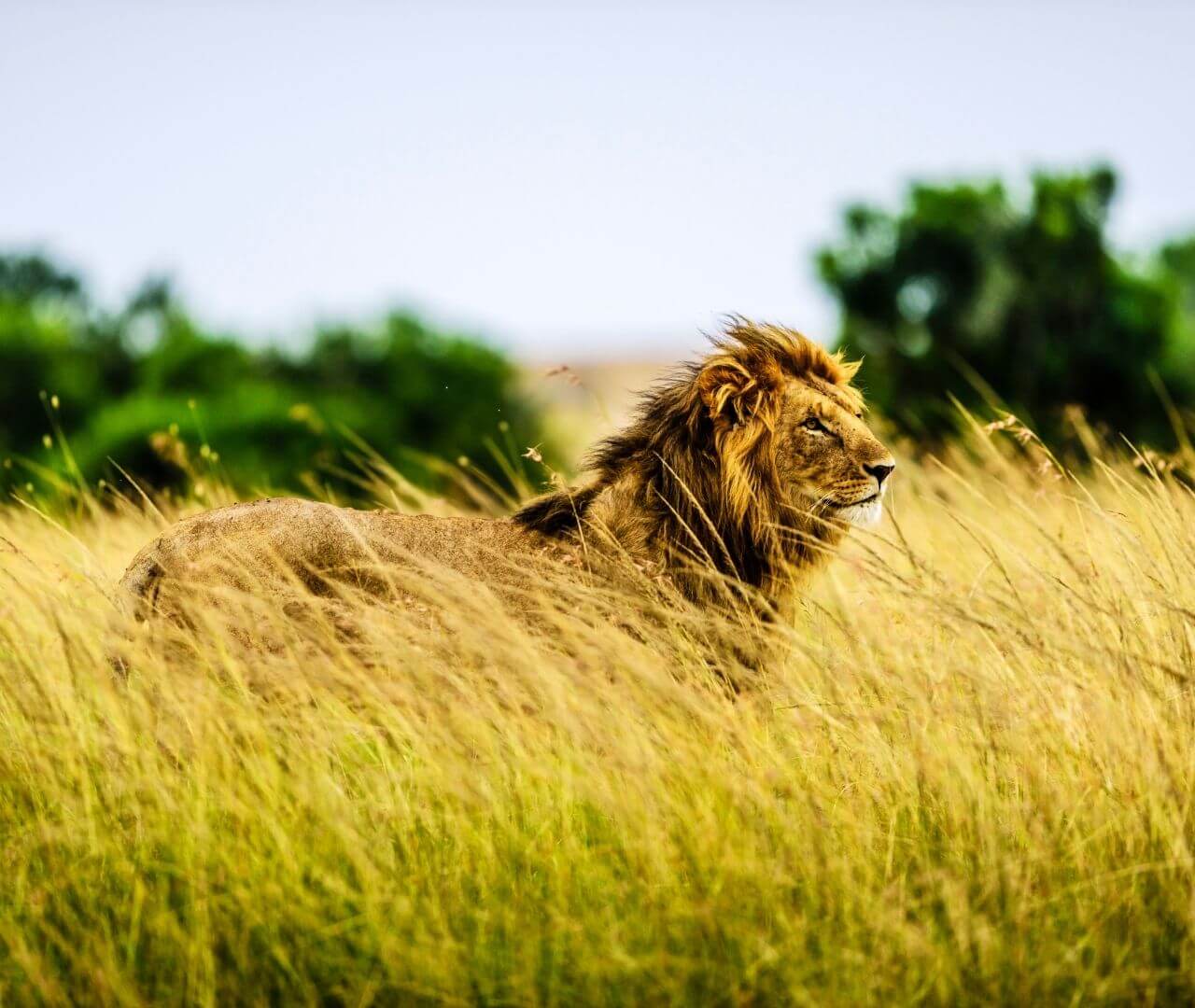Feathers are undoubtedly a huge part of why some birds are so beautiful. They are often vibrant and colorful with intricate patterns, but don’t be fooled, they are not just for show. Feathers serve many important purposes, like providing thermoregulation and aiding in flight. Birds are covered in a variety of different feathers, each with its own unique role. Down feathers trap heat near the body, while flight feathers are large and aerodynamic, allowing many species to fly. Others, usually males, use bright or iridescent feathers accompanied by a methodical dance to court their ladies. Sometimes feathers are even plucked and added to nesting material to create a warm, soft space for eggs and chicks.
Brilliant Birds | What Makes a Bird a Bird | edZOOcating
Sarah Skebba • May 15, 2020
One of the best things about birds or being a birder is that, regardless of where you are, odds are there is a bird around. Whether it be a hummingbird at your feeder, a finch bathing in a puddle, or a bald eagle on the hunt, birds never fail to offer awe. It is hard to believe birds are the closest living relatives of dinosaurs when you look at the brilliant colors of a golden pheasant or the higher brain function of a parrot, but it’s true! While we may not know all of the characteristics birds and dinosaurs share, at least we know what all of the birds have in common.
Feathers
Wings
While not all birds can fly, all birds do have wings. Wings are modified arms and can look very different depending on the bird. The tiny wings of a hummingbird allow them to hover in midair, while the wings of a vulture allow them to soar on thermal currents for hundreds of miles every day. Then, there are wings like those on an ostrich… They are present, but not entirely functional. Their weak muscles, fluffy feathers, and heavy body weight prevent them from flying and would make it appear that the wings are just for show.
Beaks
It is quite easy for you and I to eat a meal; we just whip out a fork and knife and make it happen. It is not so simple for the rest of the animal kingdom and species have developed different teeth and mouths over time based on their diet. For birds, they lack teeth entirely. Instead, they have a bill, or beak. There is no true difference between "bill" and "beak"; they can be used interchangeably, though sometimes one just feels right… Anyways, the shape and size of a bird’s beak often represents what they eat. The wide, flat bill of an ostrich is perfect for munching up bugs and seeds. The hooked bill of a parrot is perfect for cracking open nuts and hard fruit. The serrated edge on a toucan bill is very helpful for their omnivore diet. For birds, what they eat is often written all over their face.
Eggs
Birds certainly have more differences than similarities between the roughly 10,000 species, and it only gets more and more interesting as you learn! Take a deep-dive into our Bird page and explore the beauty and complexity of dozens of species. And keep an eye out your window; odds are you’ll see one in real life.

Spring days become longer, hotter. Bullfrog stands guard while his tadpoles squirm through a crowded puddle, bumping bodies and breathing the last bit of oxygen. For weeks, Bullfrog protected his tadpoles from perilous predators, all while their puddle home evaporated. He fended off hungry herons, and the puddle shrank. He fended off famished fish, and the puddle shrank. He even fended off other ferocious frogs, and still, the puddle shrank. Most frogs leave their eggs before they become tadpoles, but not Bullfrog. He cares for his tadpoles and the tadpoles of his neighbors. His instincts tell him to save them. Positioning himself between puddle and pond, he smushes and pushes mud to create a narrow path–a tadpole water slide. Slowly at first, then all at once, hundreds of tadpoles slip into the pond. Darting around, they replenish their oxygen and feast on water bugs making this pond their new home.




